How Accounting Firms Can Prevent Burnout This Tax Season?
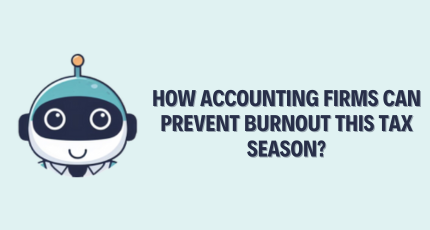
[Last Updated on 2 months ago]
Tax season stress is inevitable — burnout isn’t. CPA Pilot helps firms design sustainable workloads through automation, delegation, and intelligent scheduling. Learn how agentic tax AI can reduce cognitive fatigue, rebalance workloads, and turn high-pressure seasons into data-driven periods of focus and growth.
TL;DR — Tips to Prevent Burnout This Tax Season
- Burnout is avoidable with better workload design, not longer hours.
- CPA Pilot helps firms prevent burnout using automation, delegation, and agentic AI.
- Core burnout drivers: unmanaged deadlines, redundant reviews, manual data work, lack of recovery cycles.
- Key fixes:
- Data-based workload balancing (not guilt-based).
- Automate repetitive tasks with Agentic AI.
- Build recovery and reflection time into tax calendars.
- Realign staff roles and automate client updates.
- Outcome: fewer review hours, better accuracy, and improved team morale.
- Bottom line: automate the repetitive, humanize the critical — with CPA Pilot, sustainable accounting becomes the new normal.
Intelligent Workflows for a Sustainable Tax Season
Tax season has always tested the limits of endurance for accountants. Long hours, demanding clients, and complex compliance requirements turn even the most organized firms into stress factories. But what used to be seen as “part of the job” no longer has to be.
With the right mindset — and the right technology — burnout is not inevitable.
Table of Contents
- Understanding the Burnout Cycle in Accounting
- Stress vs. Burnout — Why the Difference Matters
- Step 1: Redefine Boundaries With Data, Not Guilt
- Step 2: Address Structural Causes — Not Just Individual Habits
- Step 3: Delegate and Automate With Agentic AI
- Step 4: Reclaim Meaning in the Work
- Step 5: Build Recovery Into the Workflow
- Step 6: Use Offseason Periods for Realignment and Learning
- ❤️ Step 7: Reaffirm the Value of the Profession
- 🔄 Step 8: Automate What’s Repetitive. Humanize What’s Critical.
- 🚀 The Path Forward — Sustainable Growth Without Sacrifice
Understanding the Burnout Cycle in Accounting
The work of an accountant naturally ebbs and flows — quarterly filings, annual audits, and the big April push. Stress in short bursts can sharpen focus. But when recovery never comes, it morphs into burnout: a sustained depletion of energy and motivation.
Recent studies show over 80% of tax professionals report burnout symptoms — emotional exhaustion, cognitive fog, and decreased productivity. And unlike temporary stress, burnout doesn’t fade with a weekend off.
Burnout is cumulative. Each unaddressed season leaves a mark on focus, retention, and firm culture.
Stress vs. Burnout — Why the Difference Matters
Stress is a signal. Burnout is a system failure.
The distinction is critical for firm leaders:
| Indicator | Stress | Burnout |
|---|---|---|
| Duration | Temporary, situational | Chronic, ongoing |
| Performance Impact | Short-term hyper-focus | Long-term decline |
| Recovery | Possible with rest | Requires structural change |
| Firm-Level Cause | Seasonal overload | Process inefficiency |
Recognizing this distinction is step one. The next is designing operations that make burnout avoidable — not inevitable.
Step 1: Redefine Boundaries With Data, Not Guilt
For years, accountants have been told to “set better boundaries.” Yet that advice rarely works in deadline-driven environments. CPA Pilot helps transform that idea into a data-backed workload model.
Using intelligent scheduling analytics, the system identifies where overwork occurs and automatically recommends task redistribution before deadlines hit.
Boundaries become metrics — not apologies.
- Predict peak workload thresholds
- Visualize staff utilization
- Automate schedule balance alerts
The result? Real boundaries that respect both client needs and human limits.
Step 2: Address Structural Causes — Not Just Individual Habits
Burnout isn’t just personal — it’s organizational.
If staff are consistently overwhelmed, the problem likely lies in workflow architecture: redundant reviews, manual data entry, inconsistent delegation.
CPA Pilot exposes these structural stressors by analyzing engagement data, identifying friction points, and recommending where automation or reallocation will have the greatest impact.
Common system-level causes:
- Overlapping responsibilities without visibility
- Repetitive low-skill tasks for high-skill staff
- Reactive client management instead of proactive outreach
Solving burnout starts with system intelligence, not self-discipline.
Step 3: Delegate and Automate With Agentic AI
Delegation is powerful; automation makes it exponential.
With agentic AI, repetitive tasks — document analysis, memo drafting, reconciliation, and tax code research — no longer need to consume your team’s time. CPA Pilot automates these workflows while maintaining explainability and compliance.
Examples:
- Client Intake Automation: Extracts data from uploaded files and populates engagement templates automatically.
- Research Agent: Summarizes relevant tax guidance, citing authoritative sources.
- Workflow Copilot: Tracks task progress, alerts reviewers, and redistributes load dynamically.
By offloading routine tasks to AI, firms regain hundreds of hours — time that can be redirected toward strategy, mentorship, or rest.
Step 4: Reclaim Meaning in the Work
Burnout isn’t only about workload; it’s about disconnect.
When everything becomes mechanical, accountants lose sight of impact — the “why” behind the work. CPA Pilot helps bring that meaning back through impact analytics that show how every engagement contributes to firm goals and client success.
Imagine dashboards that visualize:
- How your firm’s efficiency directly increases client satisfaction
- How advisory hours are growing relative to compliance tasks
- How your most time-consuming activities can be automated next quarter
Seeing your contribution measured in impact, not just output, restores professional motivation.
Step 5: Build Recovery Into the Workflow
You can’t automate rest, but you can automate space for it.
Using CPA Pilot’s adaptive scheduling intelligence, firms can embed recovery cycles directly into the tax calendar — blocking reflection time, post-season debriefs, and continuous improvement reviews.
Each cycle becomes part of a Sustainable Accounting Framework:
- Plan: Forecast workloads with AI modeling
- Execute: Automate repetitive work
- Reflect: Collect team feedback post-season
- Adjust: Reconfigure task allocation for next year
Recovery isn’t reactive — it’s operationalized.
Step 6: Use Offseason Periods for Realignment and Learning
The months after April aren’t downtime — they’re design time.
CPA Pilot recommends using offseason periods for:
- Retrospective analysis of bottlenecks
- Training staff on new automation tools
- Refining communication protocols with clients
- Implementing AI-driven insights from last season’s workload data
The smartest firms view every tax season as a dataset — one that teaches how to improve efficiency, culture, and resilience.
❤️ Step 7: Reaffirm the Value of the Profession
In the rush to meet deadlines, it’s easy to forget the significance of the work itself. Accountants are the financial integrity layer of the economy.
CPA Pilot helps reinforce that sense of value through firm storytelling, knowledge sharing, and automated reflection prompts — reminding teams why their work matters.
When people see meaning, burnout has less ground to grow.
🔄 Step 8: Automate What’s Repetitive. Humanize What’s Critical.
The future of accounting isn’t all or nothing. It’s AI + Human Excellence.
By blending agentic AI with professional judgment, firms create an environment where people do what they do best: interpret, advise, decide. The AI handles the repetitive; humans handle the relational.
CPA Pilot is designed precisely for this: a copilot that scales accuracy without scaling exhaustion.
🚀 The Path Forward — Sustainable Growth Without Sacrifice
Preventing burnout isn’t just an HR goal; it’s a strategic advantage. Firms that prioritize sustainable work models retain talent, improve accuracy, and enhance client loyalty.
Agentic AI makes that possible — not by replacing professionals, but by respecting their time and amplifying their insight.
This tax season, don’t just survive. Redesign how your firm works.
With CPA Pilot, sustainable accounting isn’t a slogan — it’s a system.
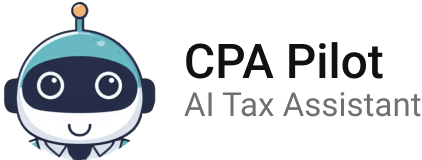
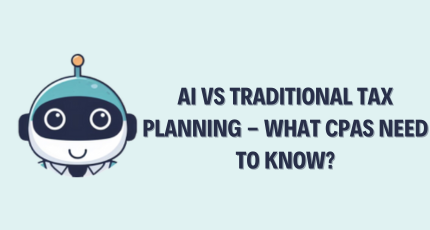
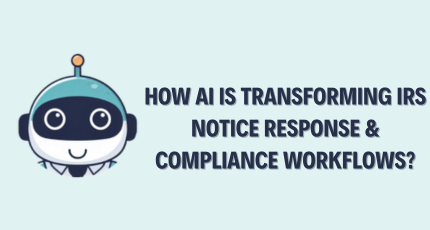
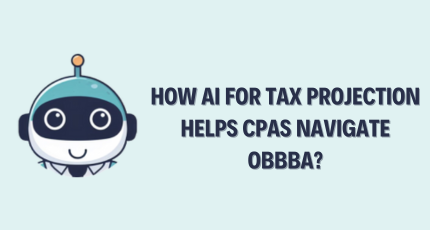
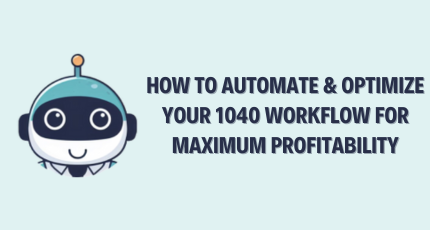
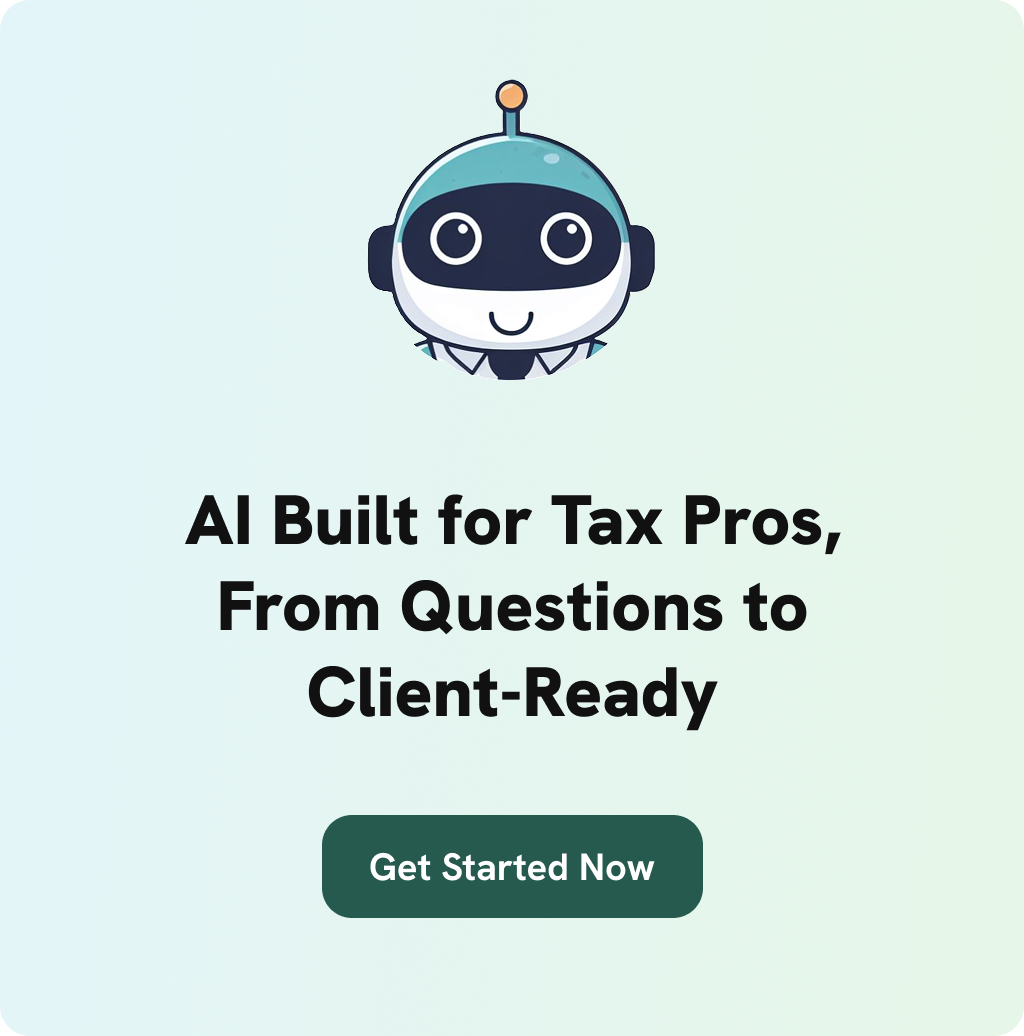
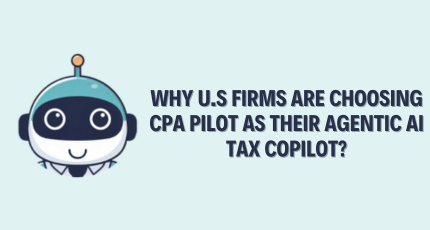
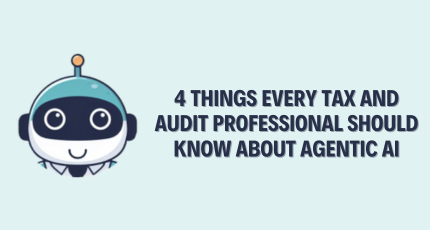
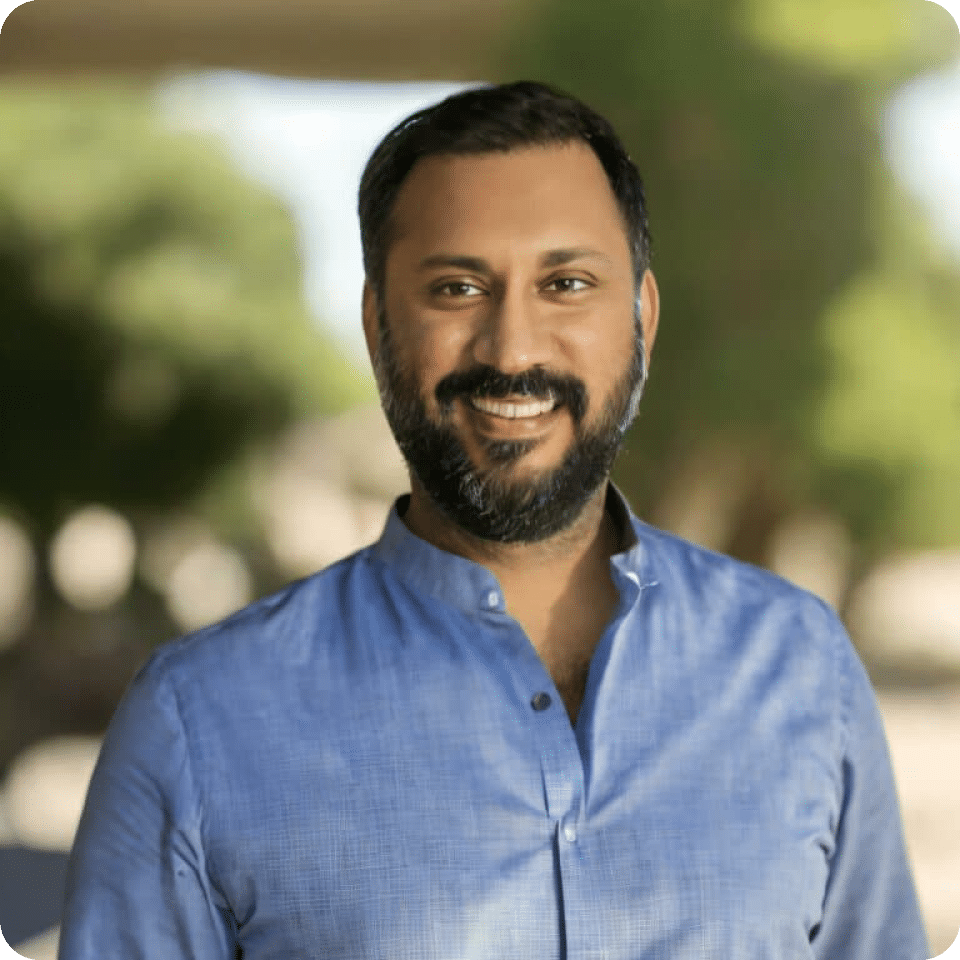
![Last-Minute Mid-Year & Year-End Tax Planning Using AI – [2025 GUIDE]](https://www.cpapilot.com/blog/wp-content/uploads/2025/09/Last-Minute-Mid-Year-Year-End-Tax-Planning-Using-AI.png)